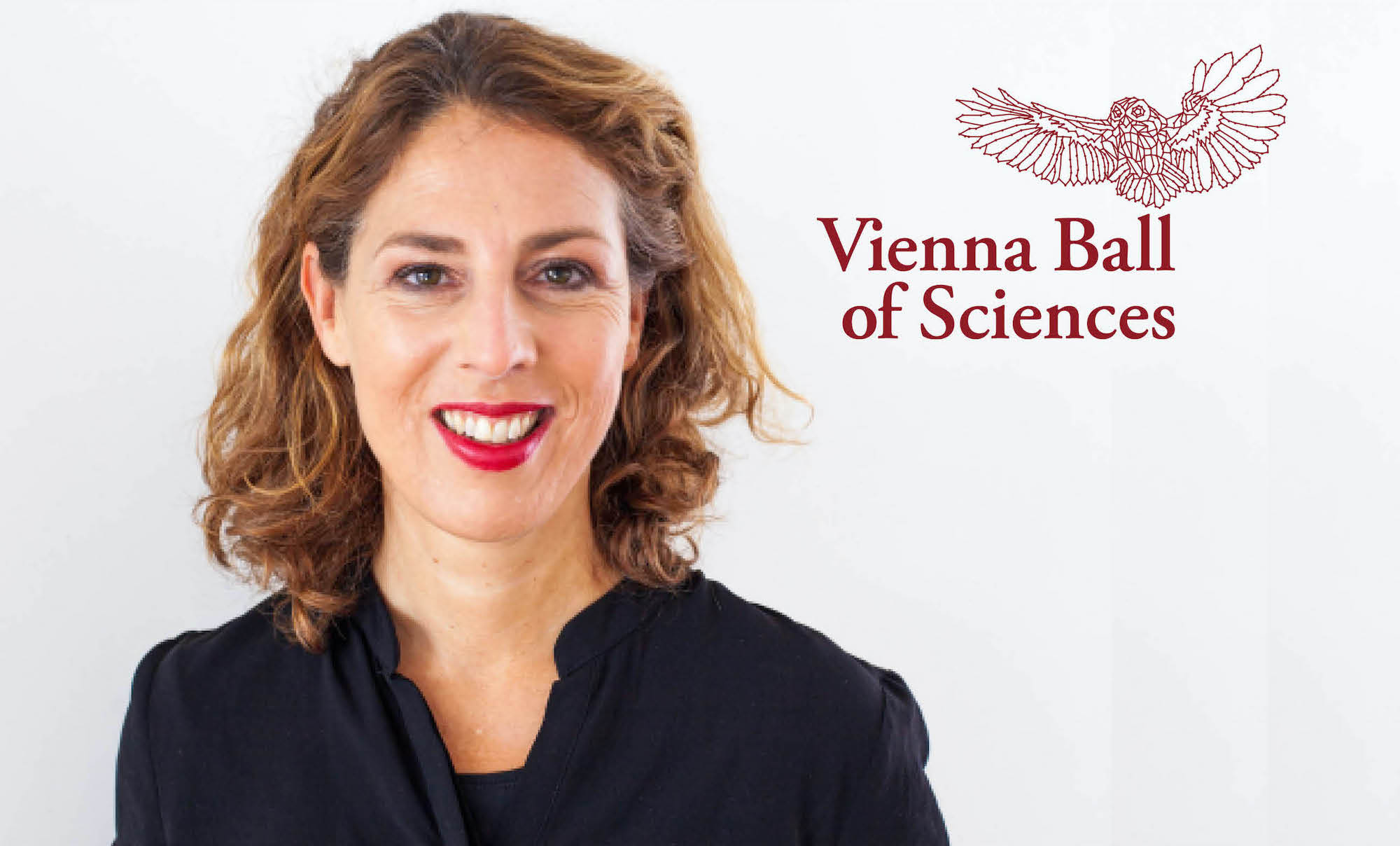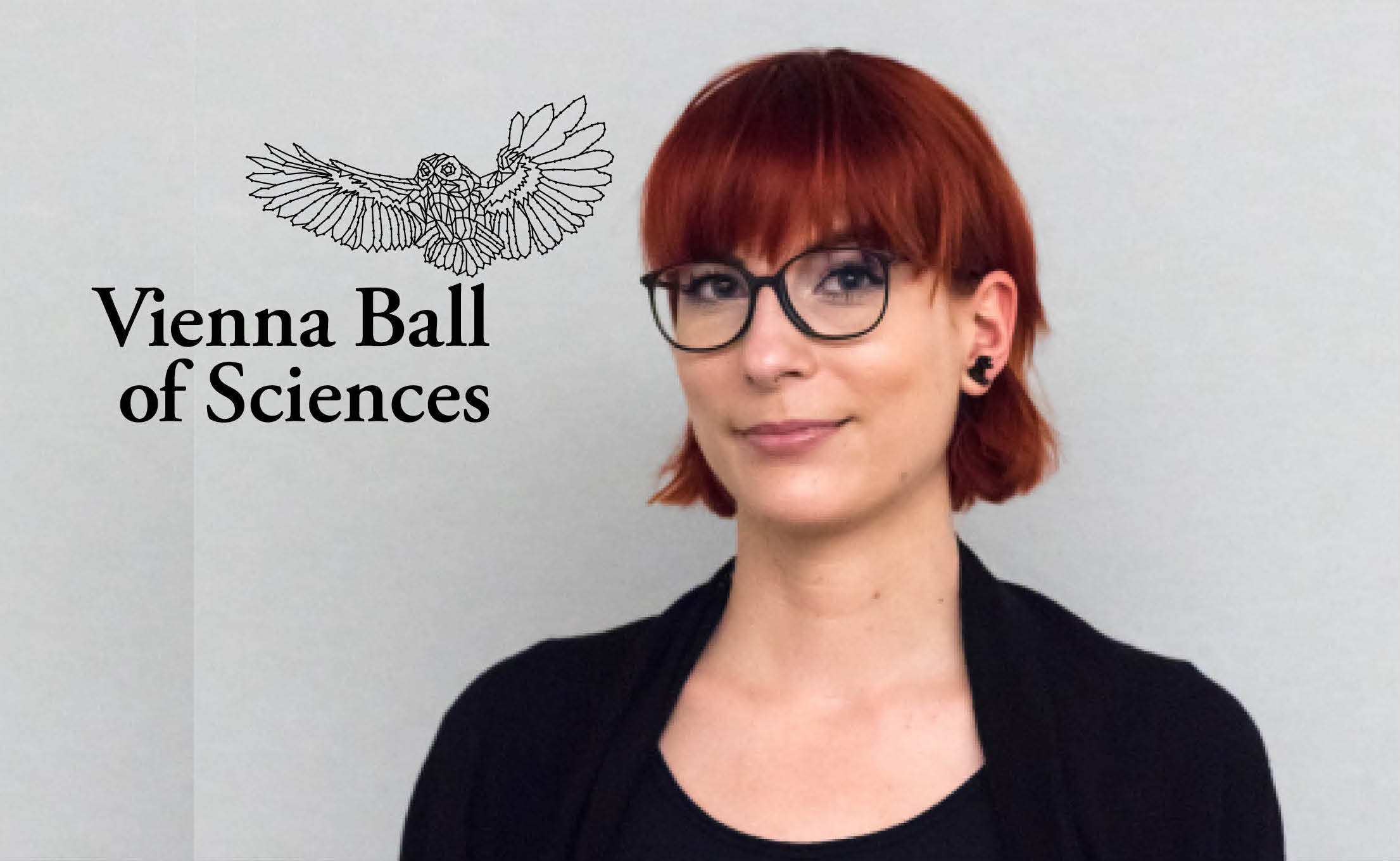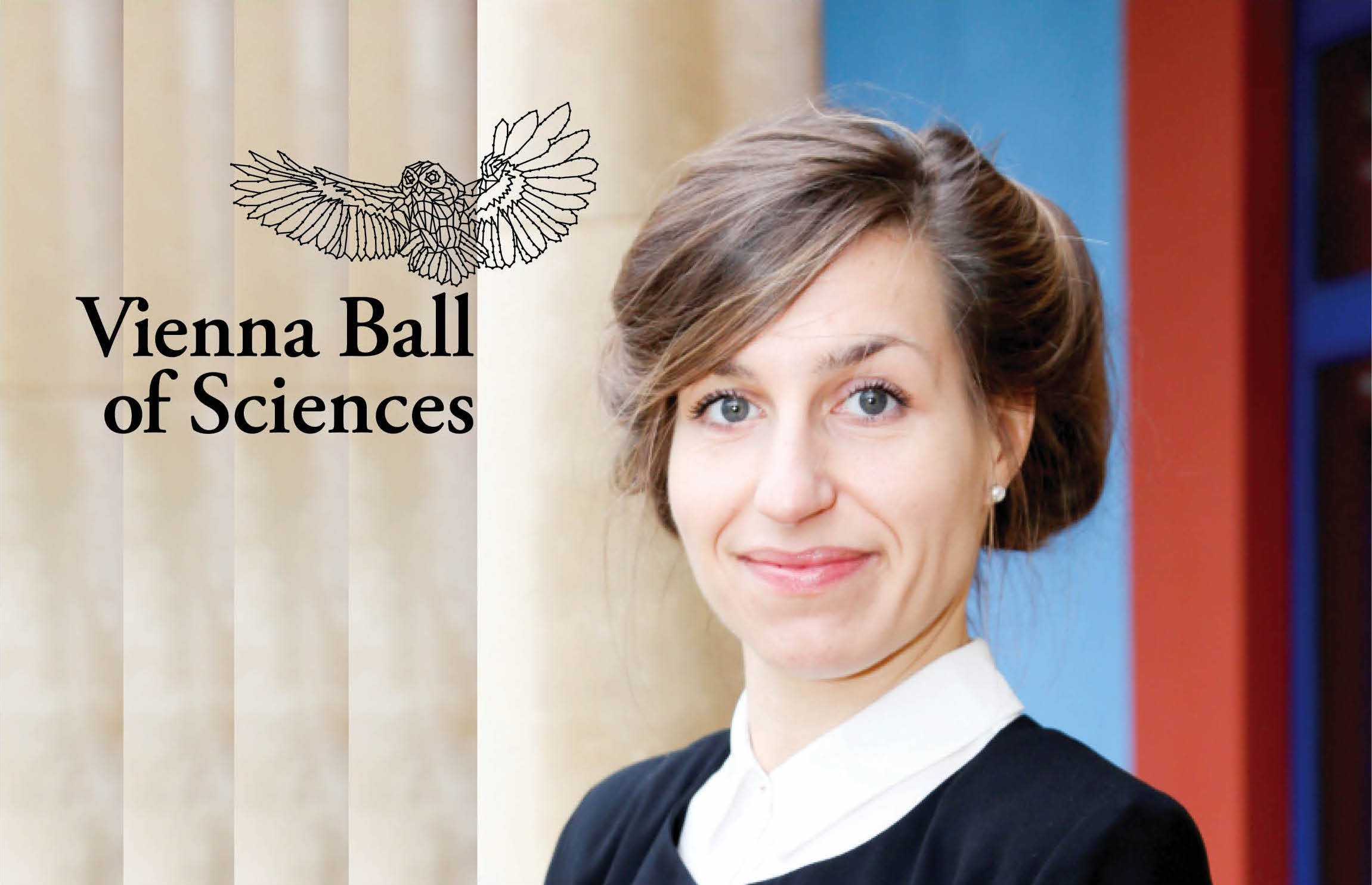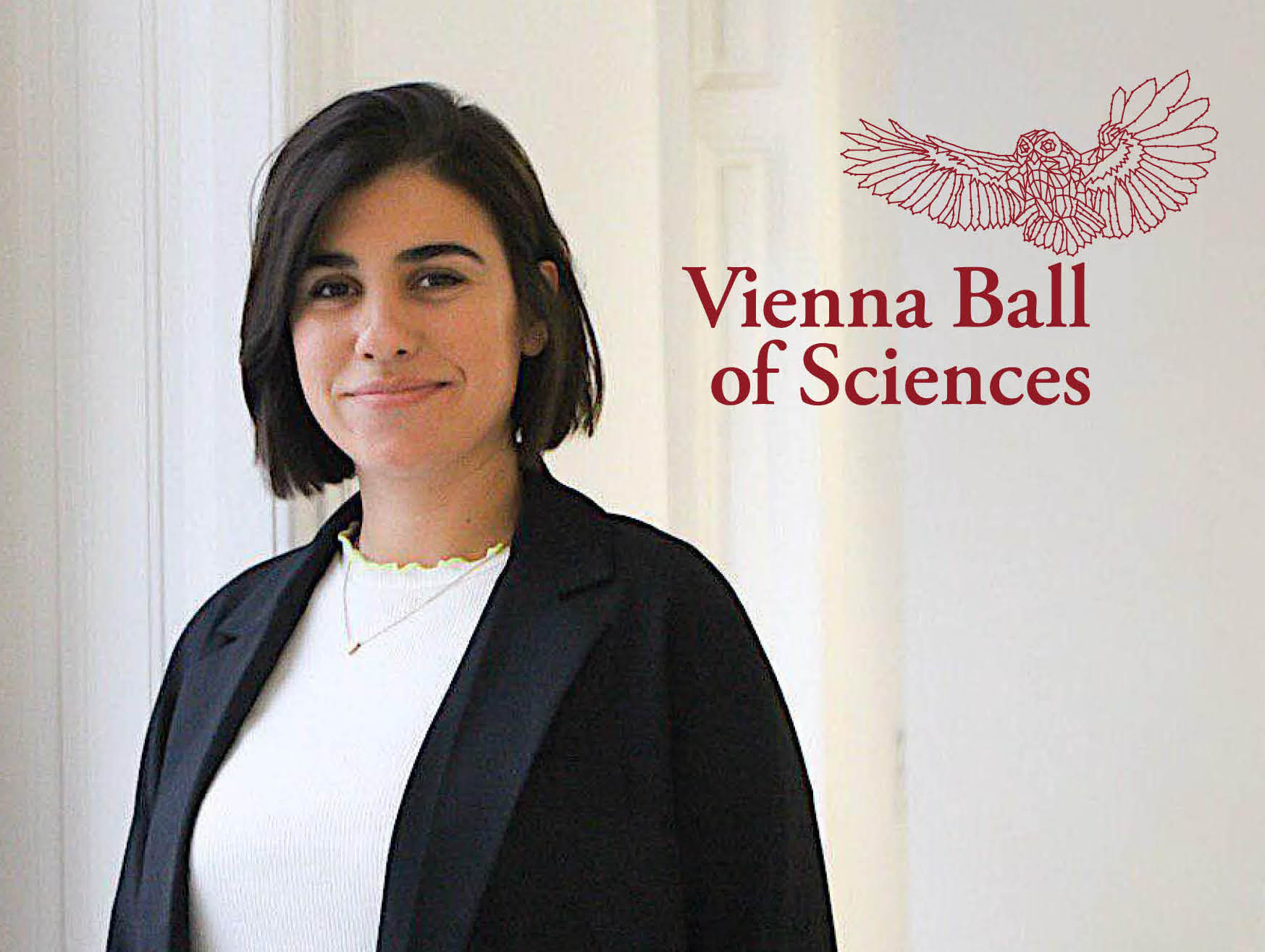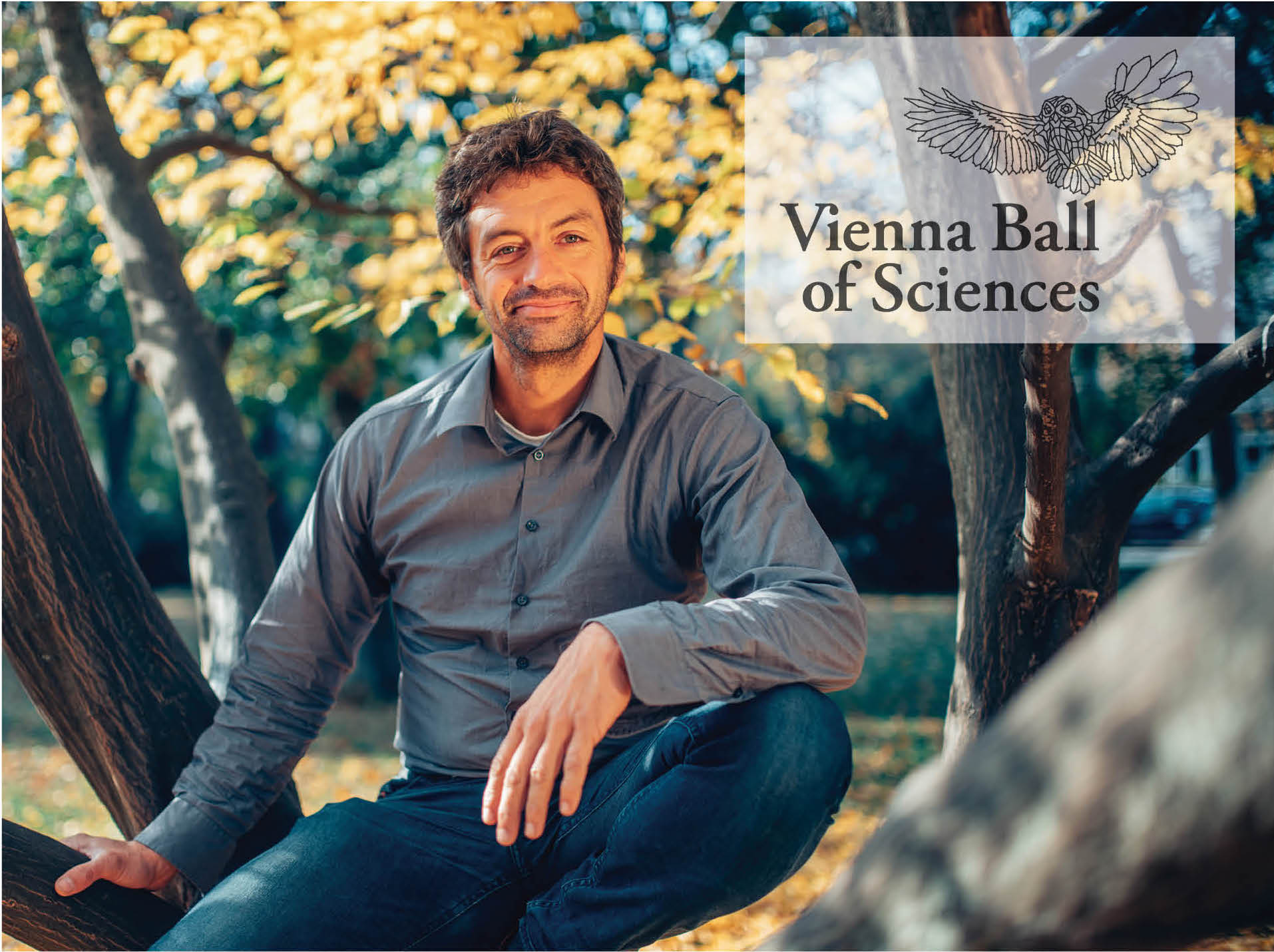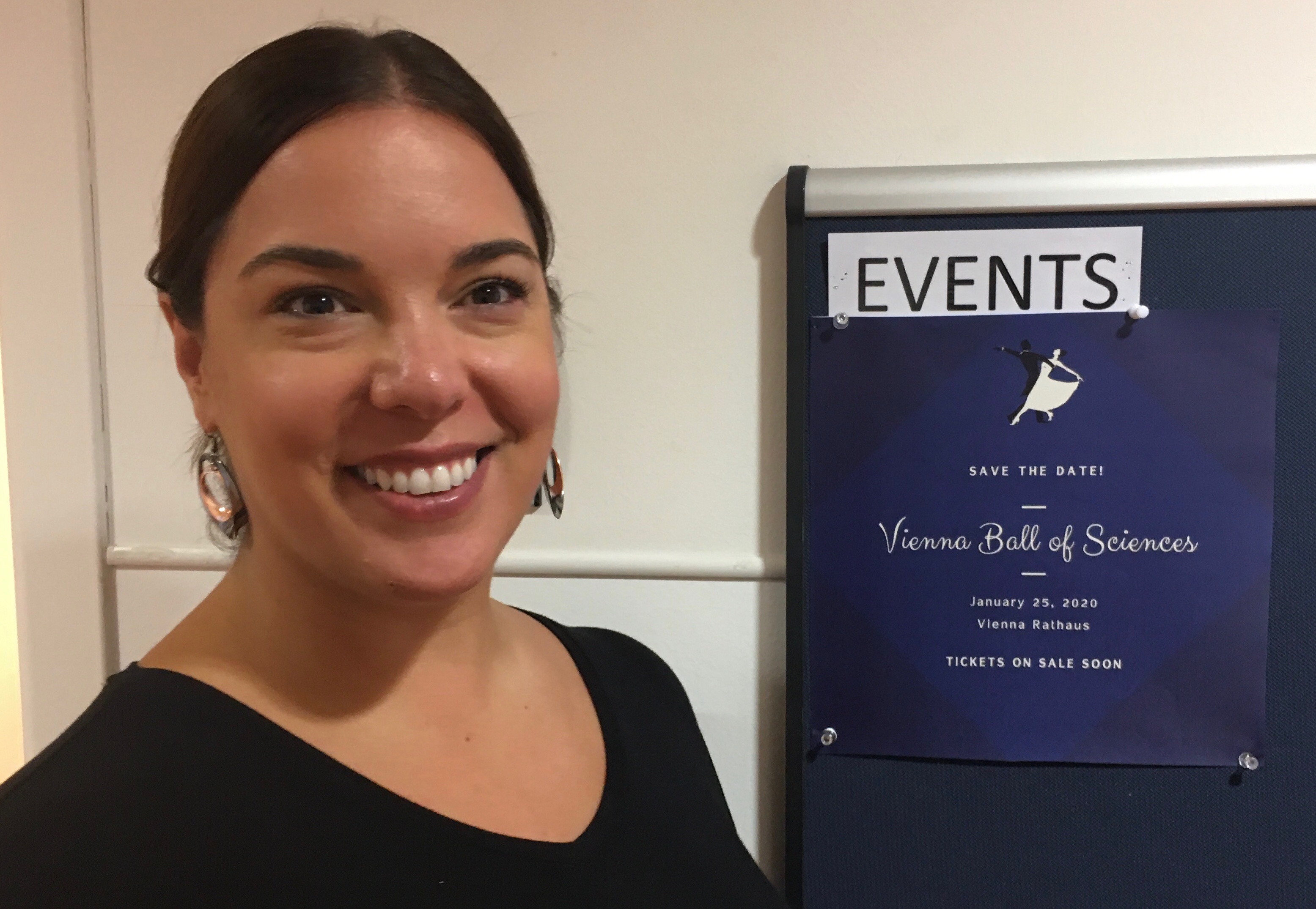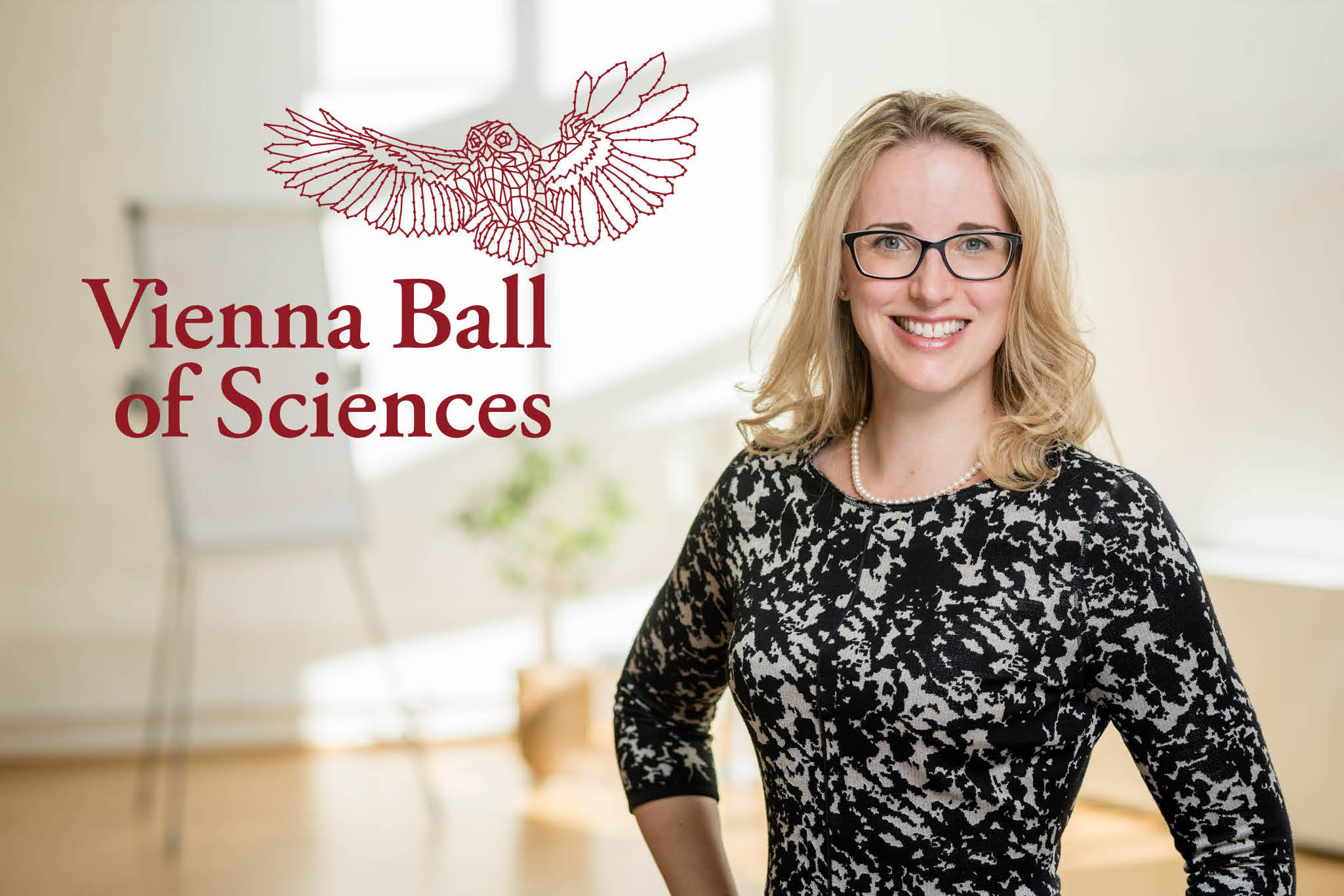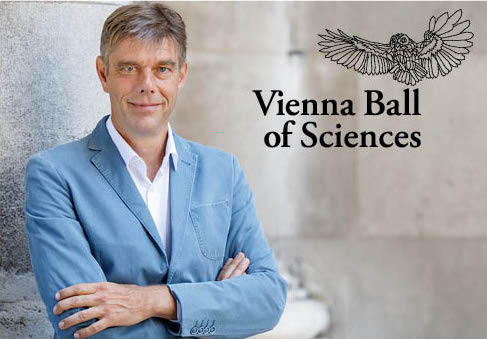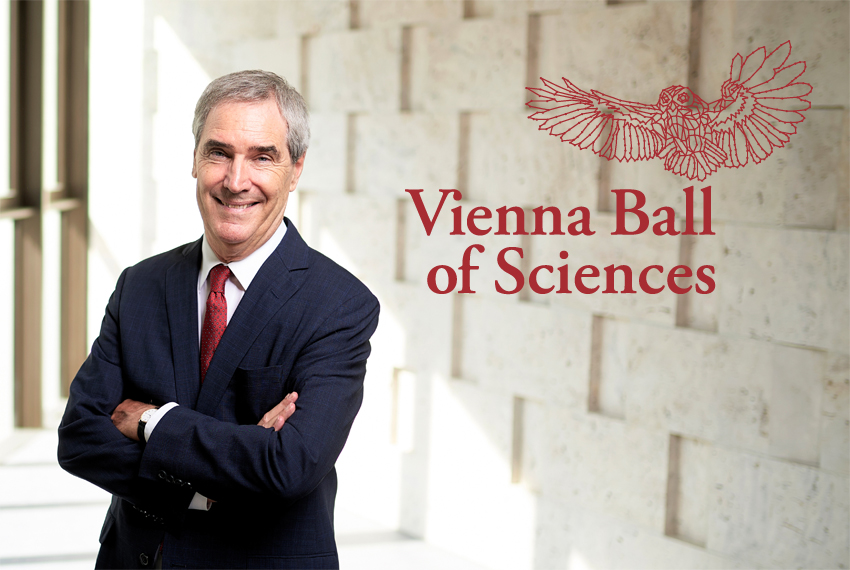 “The Vienna Ball of Sciences is the party of the year, which brings together what belongs together – but doesn’t manage to come together often enough. Scientists from all disciplines are celebrating a colourful, diverse night with “an attitude”. Modern research is meeting classic ball tradition and a rather sober academic gaze is enraptured by the cityhall’s fantastic scenery. In an environment known for its brain power, shaking one’s legs stands in the foreground, elegance has priority over function – even in the changing room. The Science Ball is bringing together the community of the curious, in a place it belongs: the heart of Vienna and of society.”
“The Vienna Ball of Sciences is the party of the year, which brings together what belongs together – but doesn’t manage to come together often enough. Scientists from all disciplines are celebrating a colourful, diverse night with “an attitude”. Modern research is meeting classic ball tradition and a rather sober academic gaze is enraptured by the cityhall’s fantastic scenery. In an environment known for its brain power, shaking one’s legs stands in the foreground, elegance has priority over function – even in the changing room. The Science Ball is bringing together the community of the curious, in a place it belongs: the heart of Vienna and of society.”
Jörg Menche is Principal Investigator at the CeMM Research Centre for Molecular Medicine , which is part of the Austrian Academy of Sciences in Vienna. His team is research molecular networks and how disturbances can cause diseases. Visitors can dive into this network through a virtual reality installation at this year’s Science Ball.
Photo: (c) Wolfgang Däuble
